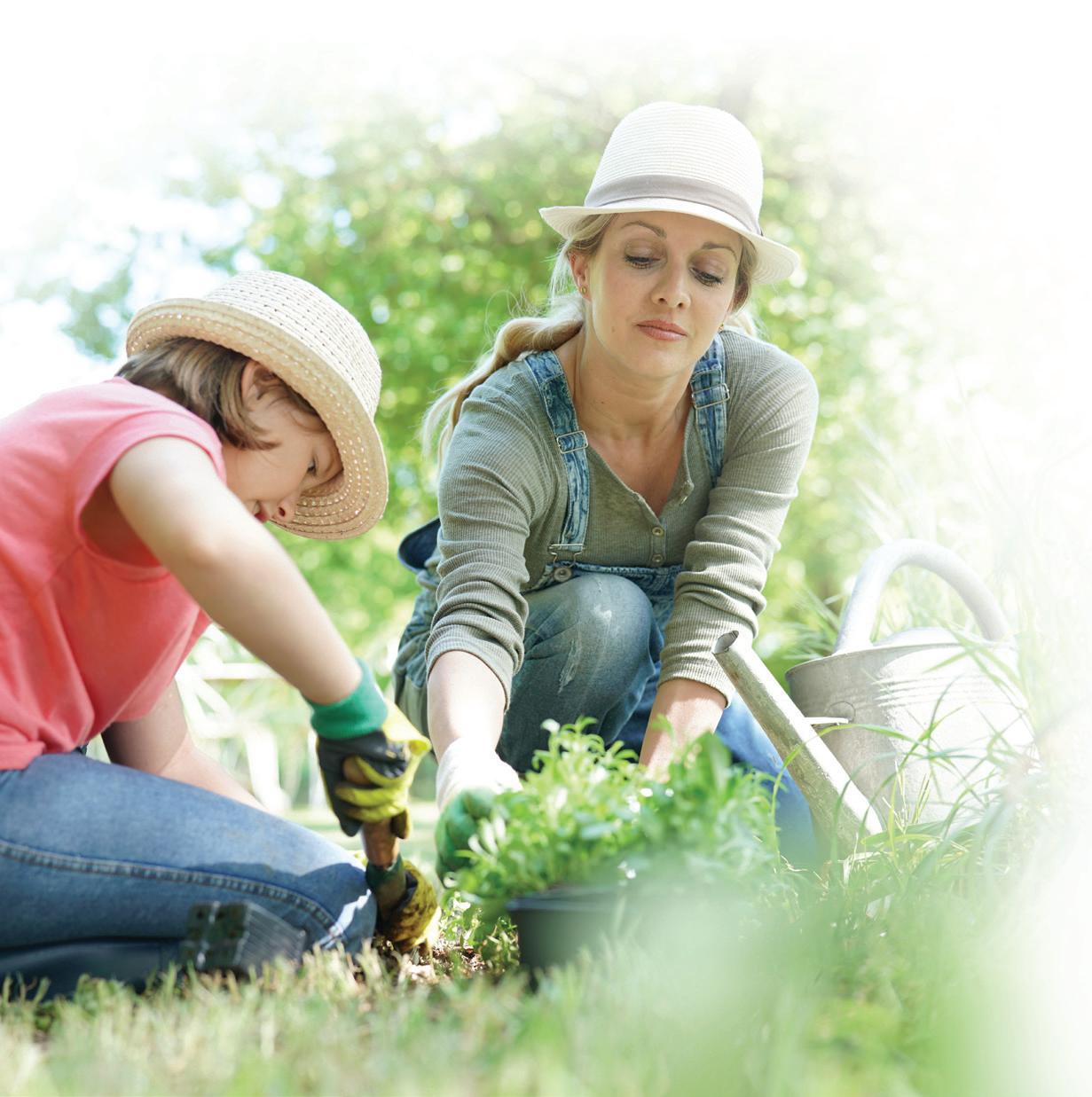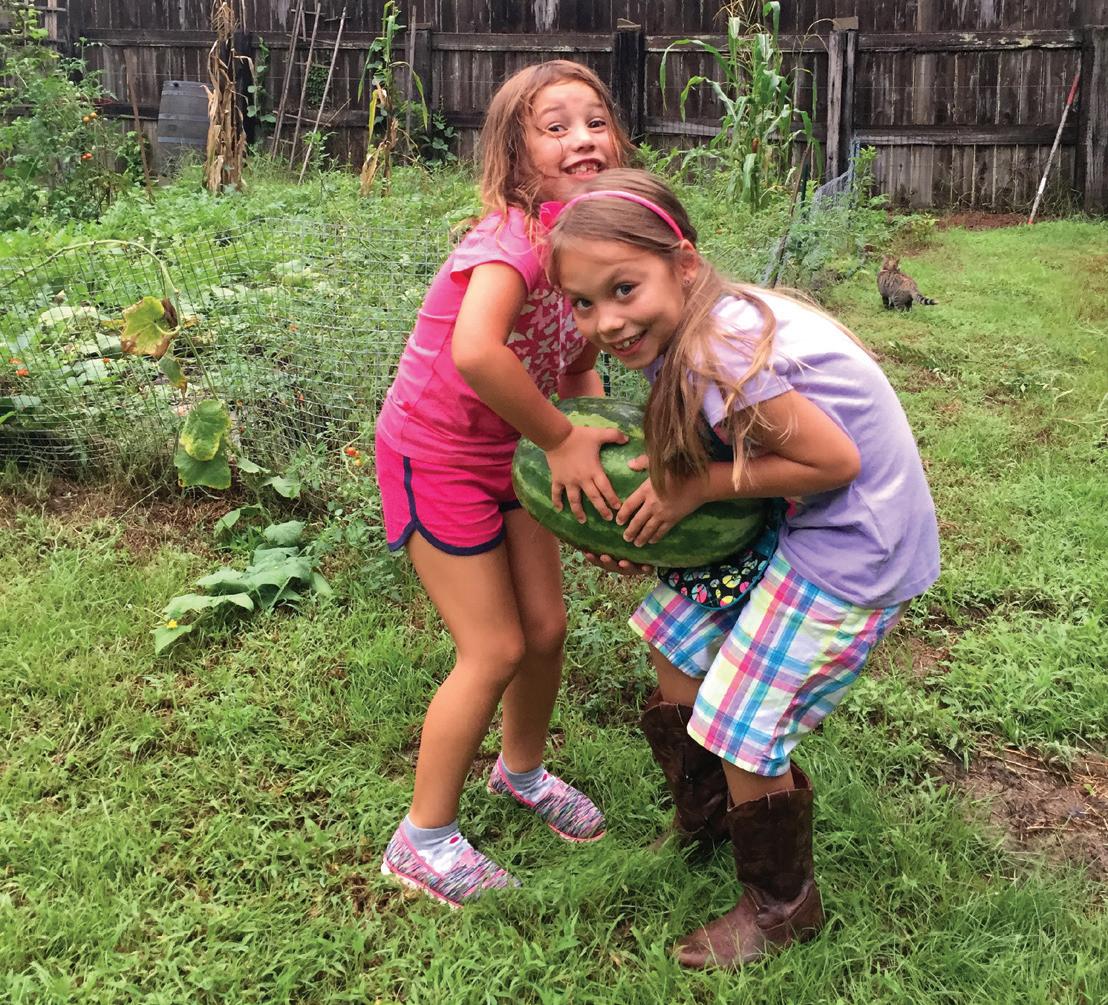
4 minute read
OUTDOORS
It’s Gardening Time!
Tips for facing the challenge of high desert growing
Advertisement
By Joshua Savage
At the first sign of spring, with warmer days ahead, many of us are excited to get outside and play. We are ready to start tinkering in the garden and dreaming of the season’s abundance.
Wait a minute, not so fast! This isn’t the Willamette Valley, where rain is plentiful and vegetation grows easily. No, this is the High Desert, and here in Central Oregon gardening requires patience and persistence.
These are great attributes for kids to learn, not to mention that gardening provides an opportunity to teach children other valuable practical skills and show them where our food originates. Plus, a bit of exercise and sunshine has endless benefits for physical health and emotional well-being.
Yet the cold, the wind and the deer—these are all factors that can frustrate even the master gardener. But don’t despair, because a rewarding garden can be created and maintained even here in the High Desert. Luckily, plentiful local resources exist to help us learn about native species and what to plant in our area to maximize our chances of gardening success.
One of my favorite resources is the Central Oregon Gardeners group on Facebook because the members are interactive and always helpful. If I ask a question, I usually get a quick answer. Oregon State University also has tons of downloadable information to reference online, and its years of research and experience makes them a reputable source. The college even offers related gardening courses, as well. The SEEK app, though not always accurate, is helpful to identify plant and animal species in real-time from your iPhone photos.
For a more hands-on approach, my daughters and I have volunteered at The Environmental Center. We’ve planted tomatoes, watered the garden, moved mulch and helped in whatever manner needed. In addition, Deschutes Land Trust events are very informative and fun, as knowledgeable guides lead walks on the nature preserves and point out local plant species. More recently, they have been offering Nature Nights on Zoom, too, completely free of charge.
Our family loves to spend time in the yard. Coming from an area of the country where everything grows with ease, it took us a while to learn and adapt to the High Desert. Truthfully, we are still learning.
One of our first discoveries was how quickly the temperatures drop in the evenings. When planting, it is necessary to wait until the frosts pass, or at the very least, cover plants at night. Those lucky residents with a greenhouse are a step ahead of the game because they can extend their growing season.
Photo by Joshua Savage
The author’s daughters, Sofi and Kaia, in the garden 28 | BendNest.com
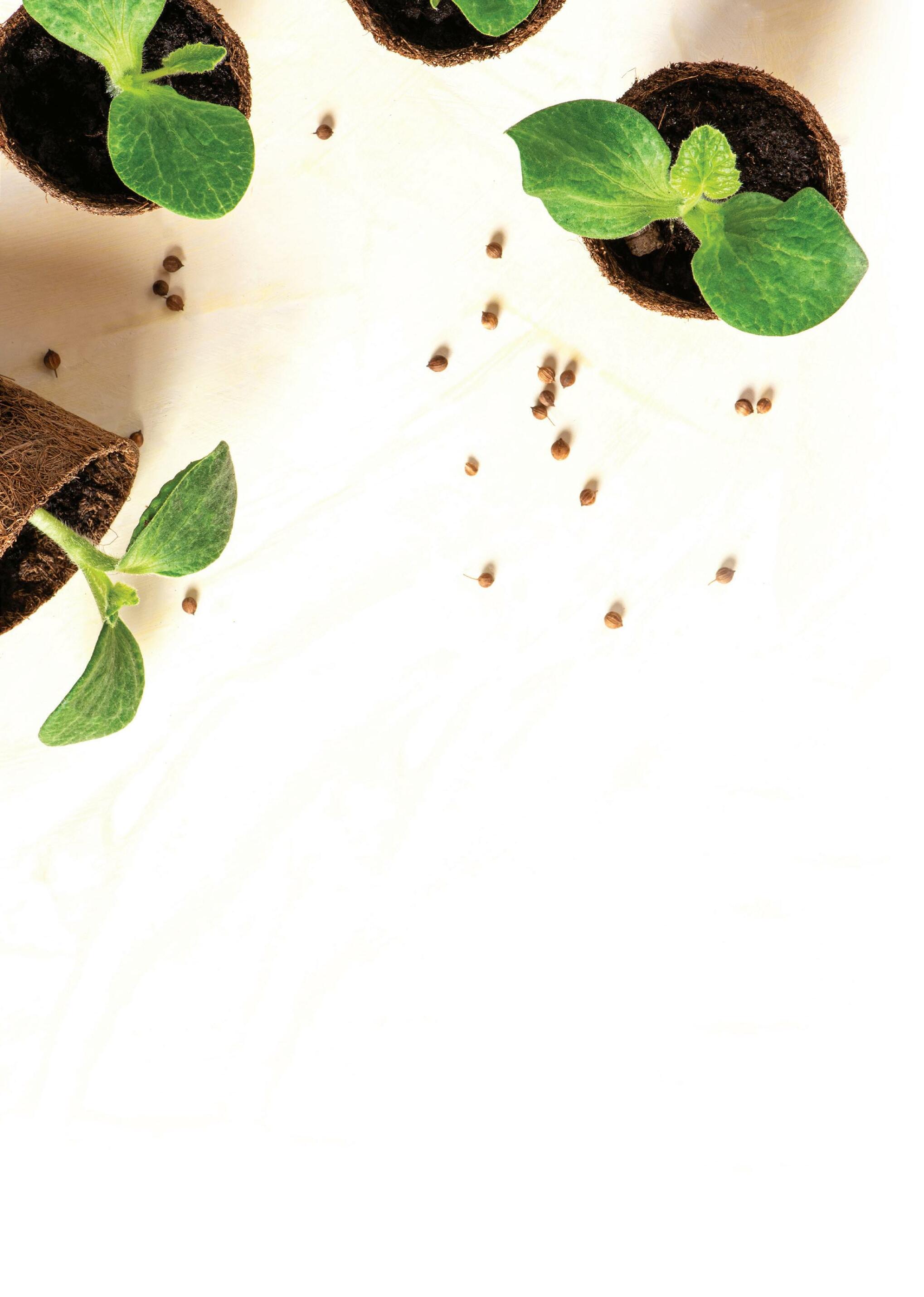
Photos by Joshua Savage
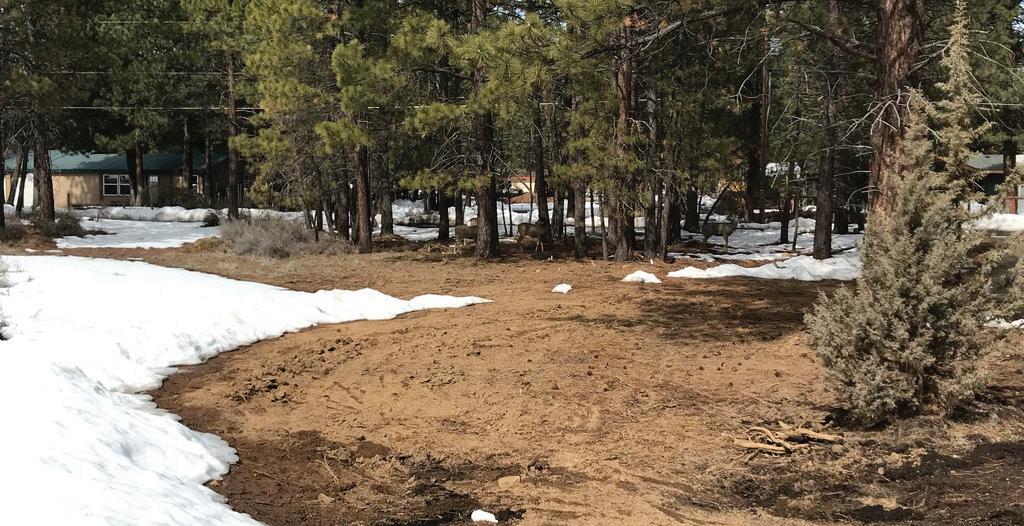
BEFORE AFTER
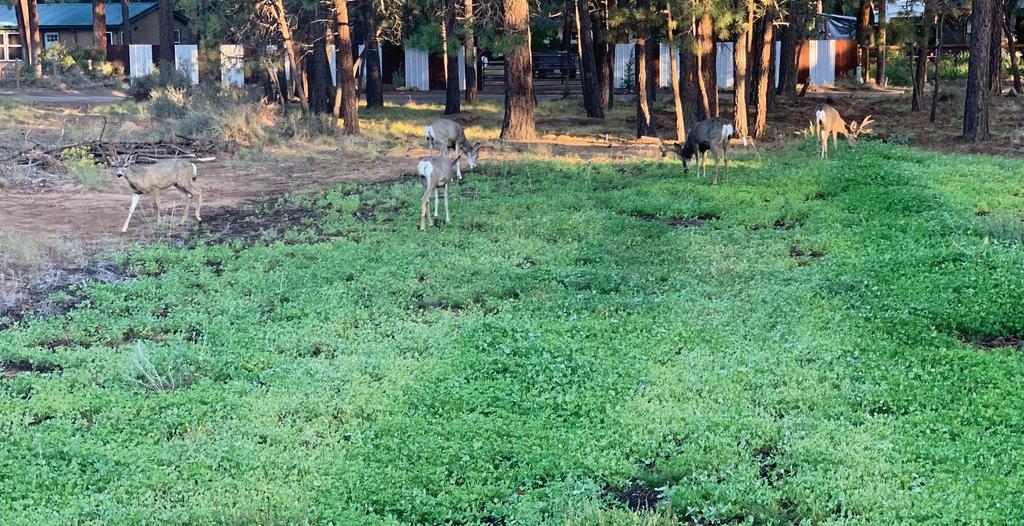
Since we have no greenhouse, we plant starters inside the house near windows with ample sunlight. As one of their chores, my daughters water them regularly. When the frosts pass, or when “Black Butte has no more snow,” as locals have told me, it’s finally time to plant outside.
We’ve discovered that native plant species grow best, and in addition, they have other benefits like being more drought tolerant and attracting pollinators. Some examples are Manzanita, Wax currants, Oregon Grape and Snowbush. It’s also possible to collect them on public land to add to your own landscape. In fact, the U.S. Forest Service recommends using native species, but be sure to get a permit and read the regulations first.
For culinary enthusiasts, we recommend herbs like mint, thyme and oregano, which grow well, and those pesky deer rarely eat them. Of course, when hungry enough, the deer eat anything, so the best bet is a tall fence. Sunflowers, irises, poppies and many brightly colored flowers also grow well here. Even certain fruit species and other deciduous trees like the Autumn Blaze maple, which boasts the fiery red color in fall, can prosper in our climate, but be warned these plants usually require more care.
When we first purchased our lot, it was barren. To enrich the sterile soil, we bought loads of mulch from the landfill, which was reasonably priced. We planted clover. The deer love it, but it grows rapidly and has added much-needed nitrogen which is essential for growing. Using what surrounds us, we created beds and pathways with lava rock, and we constantly amend the soil with more mulch and other organic material.
As folks who have always loved gardening, we have adapted during our time here. Frustrations come and go, but the rewards far outweigh them. Our future food forest is a work in progress, but it’s work we enjoy. We continue to experiment with what grows and what doesn’t. The neighbors and longtime locals may think we are crazy, but to us, it’s fun and exciting!
